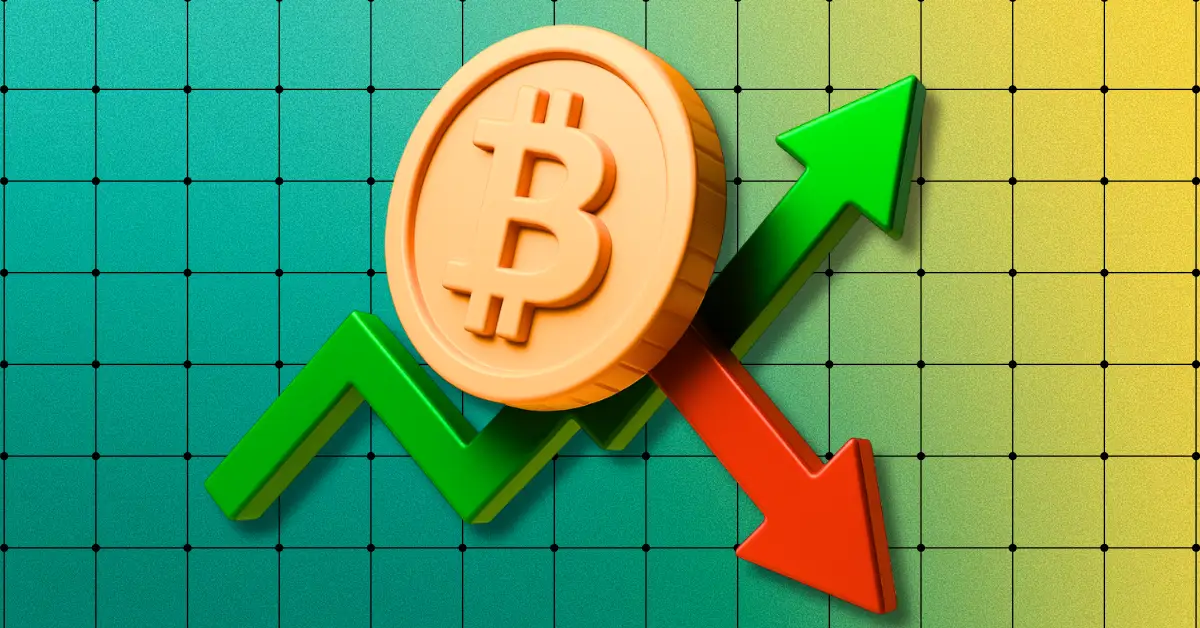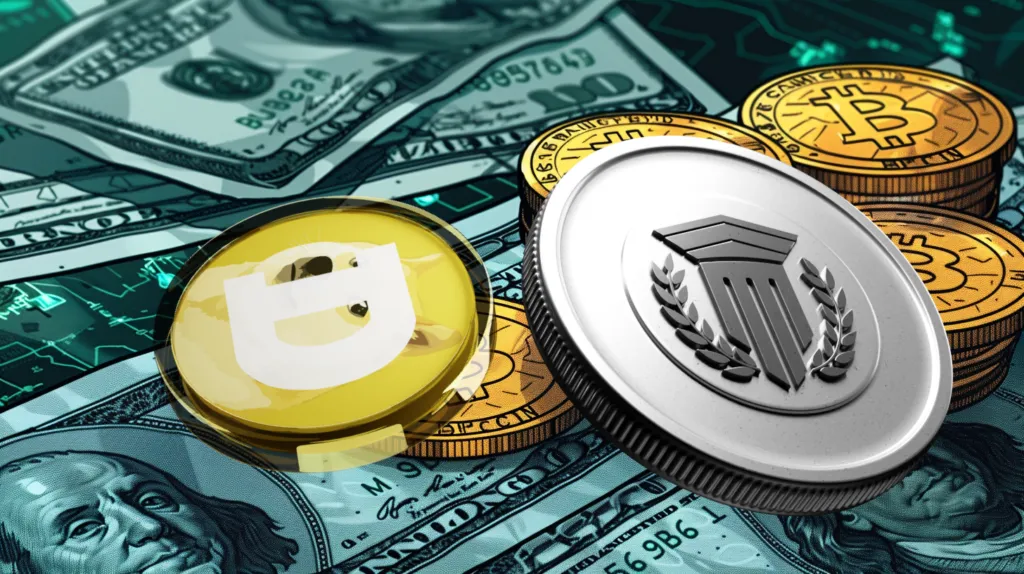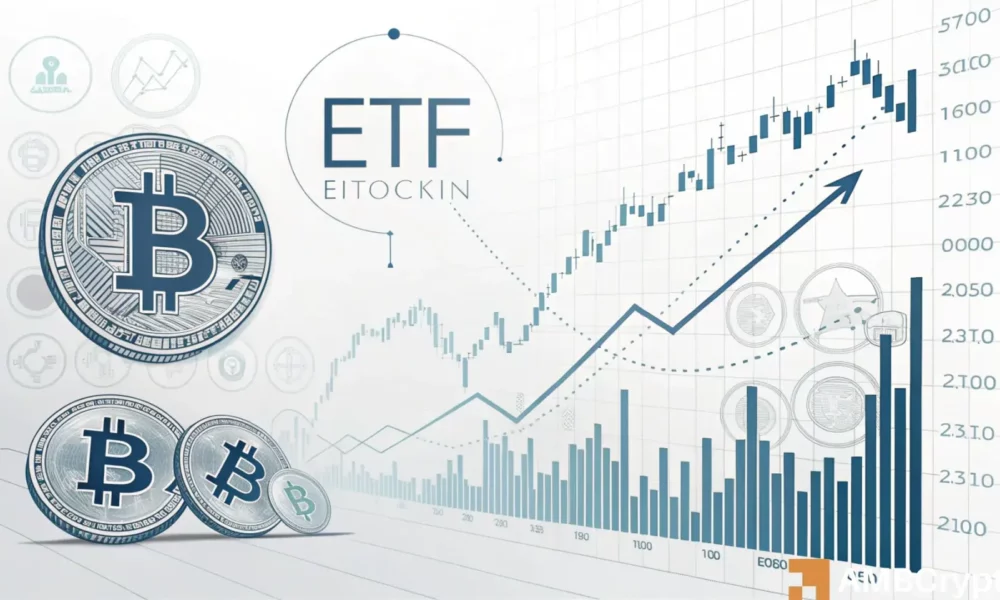Crypto Market’s Rollercoaster Ride: A Sharp Sell-Off Amid Tariff Concerns and Strong Economic Data
The crypto market, which had shown signs of recovery after a tumultuous few weeks, took a turn for the worse on Friday. The sell-off was sharp and swift, erasing nearly all of the weekly gains that investors had celebrated just a day earlier.
President Trump’s Tariffs: A Looming Threat
The primary cause of the sell-off was an unexpected development on the political front. President Trump, known for his protectionist trade policies, announced that he would be imposing tariffs on $300 billion worth of Chinese imports starting from April 2. This news sent shockwaves through the financial markets, with investors growing increasingly cautious about the potential impact of the tariffs on the global economy.
Core PCE Data: A Surprisingly Strong Showing
Another factor that contributed to the sell-off was the release of stronger-than-expected Core Personal Consumption Expenditures (PCE) data. This measure of inflation, which is closely watched by the Federal Reserve, came in at 0.3% for February, higher than the expected 0.2%. While this may be good news for the economy as a whole, it raised concerns among investors about the possibility of the Fed raising interest rates more aggressively than previously anticipated.
Impact on Individual Investors
For individual investors, the crypto market’s volatility can be a source of anxiety and uncertainty. Those who had recently entered the market after the price dip in mid-March may have seen their investments decline once again, leading to frustration and second-guessing. However, it’s important to remember that the crypto market is known for its volatility, and short-term price movements should not be the sole focus of long-term investors.
- Consider diversifying your investment portfolio to reduce risk.
- Stay informed about global economic and political developments.
- Avoid making impulsive investment decisions based on short-term market fluctuations.
Impact on the World
The impact of the crypto market’s sell-off and the broader economic developments that contributed to it extend far beyond individual investors. The tariffs announced by President Trump have the potential to disrupt global supply chains and lead to a trade war between the world’s two largest economies. Meanwhile, the stronger-than-expected economic data could lead to higher interest rates, making it more expensive for countries to borrow and potentially slowing down economic growth.
It’s important for policymakers and business leaders to closely monitor these developments and take steps to mitigate their impact. This could include negotiating trade deals that benefit all parties involved, implementing monetary policies that support economic growth, and encouraging innovation and investment in emerging technologies like crypto and blockchain.
Conclusion
The crypto market’s recent sell-off serves as a reminder of the volatility and uncertainty that comes with investing in this asset class. While the short-term price movements can be frustrating, it’s important for investors to stay focused on their long-term goals and avoid making impulsive decisions based on market fluctuations. Meanwhile, policymakers and business leaders must work together to address the broader economic and geopolitical developments that are impacting the crypto market and the global economy as a whole.
As always, it’s important to stay informed and seek out reliable sources of information. By doing so, we can better understand the market and make informed decisions that help us navigate its ups and downs.





